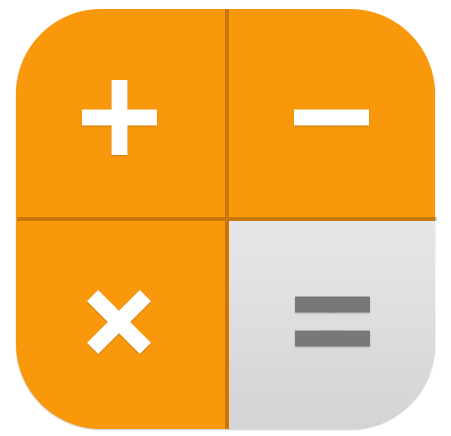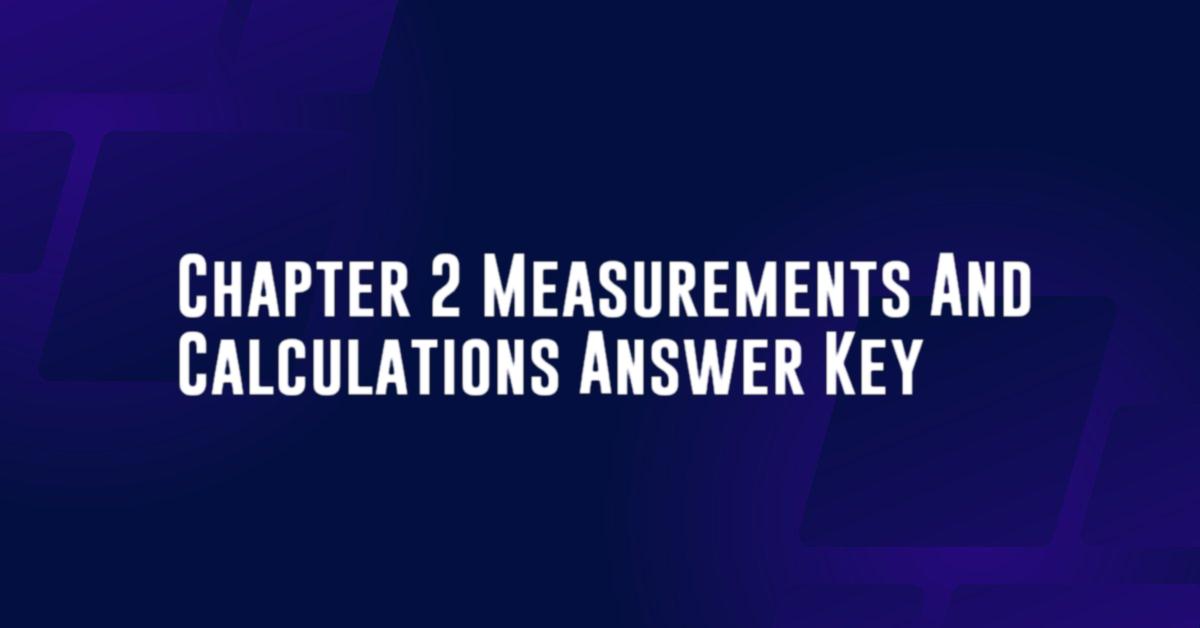Calculating Using Significant Figures Worksheet
Significant figures are important in the world of measurement and calculation. They help us understand the precision and accuracy of our measurements and calculations. In this worksheet, we will explore how to use significant figures in various mathematical operations, including addition, subtraction, multiplication, and division. By the end of this worksheet, you will have a solid understanding of how to apply significant figures in your calculations.
What are Significant Figures?
Significant figures, also known as significant digits, are the digits in a number that carry meaning contributing to its precision. When working with measurements or calculations, it is important to consider the number of significant figures in order to maintain the correct level of precision. The rules for determining significant figures can vary depending on the context, but generally include the following guidelines:

- Non-zero digits are always significant. For example, in the number 123, all three digits are significant.
- Any zeros between non-zero digits are significant. For example, in the number 1003, all four digits are significant.
- Leading zeros (zeros to the left of the first non-zero digit) are not significant. For example, in the number 0.00456, only the digits 4, 5, and 6 are significant.
- Trailing zeros (zeros to the right of the last non-zero digit) are significant if there is a decimal point present. For example, in the number 45.00, all four digits are significant.
Adding and Subtracting with Significant Figures
When adding or subtracting numbers with significant figures, the result should be rounded to the same number of decimal places as the measurement with the fewest decimal places. Here are some examples to illustrate this concept:
Example 1: 15.2 + 3.45 = 18.65 (rounded to 18.7)
Example 2: 124 + 78.3 = 202.3 (rounded to 202)
Example 3: 4.56 – 0.023 = 4.537 (rounded to 4.54)
Multiplying and Dividing with Significant Figures
When multiplying or dividing numbers with significant figures, the result should be rounded to the same number of significant figures as the measurement with the fewest significant figures. Here are some examples to demonstrate this rule:
Example 1: 2.5 x 6.7 = 16.75 (rounded to 17)
Example 2: 7.98 / 2.1 = 3.8 (rounded to 4)
Example 3: 3.2 x 0.05 = 0.16 (rounded to 0.2)
Practice Problems
Now it’s time to put your knowledge of significant figures to the test with some practice problems:
Problem 1: Calculate the sum of 24.56, 3.2, and 8.97.
Problem 2: Divide 12.8 by 4.3.
Problem 3: Multiply 5.63 by 9.
Problem 4: Subtract 7.98 from 15.23.
Problem 5: What is the product of 2.5 and 3.4?
Solutions
Problem 1: 24.56 + 3.2 + 8.97 = 36.73 (rounded to 36.7)
Problem 2: 12.8 / 4.3 = 2.98 (rounded to 3)
Problem 3: 5.63 x 9 = 50.67 (rounded to 50.7)
Problem 4: 15.23 – 7.98 = 7.25 (rounded to 7.3)
Problem 5: 2.5 x 3.4 = 8.5
By practicing these calculations with significant figures, you can improve your understanding of how to apply this concept in real-world scenarios. Remember to always consider the number of significant figures in your measurements and calculations to ensure accuracy and precision in your results.
Conclusion
Significant figures play a crucial role in maintaining accuracy and precision in mathematical operations. By following the rules for determining significant figures and applying them correctly in calculations, you can avoid errors and ensure the reliability of your results. Practice using significant figures in various mathematical operations to strengthen your skills and enhance your understanding of this important concept.






